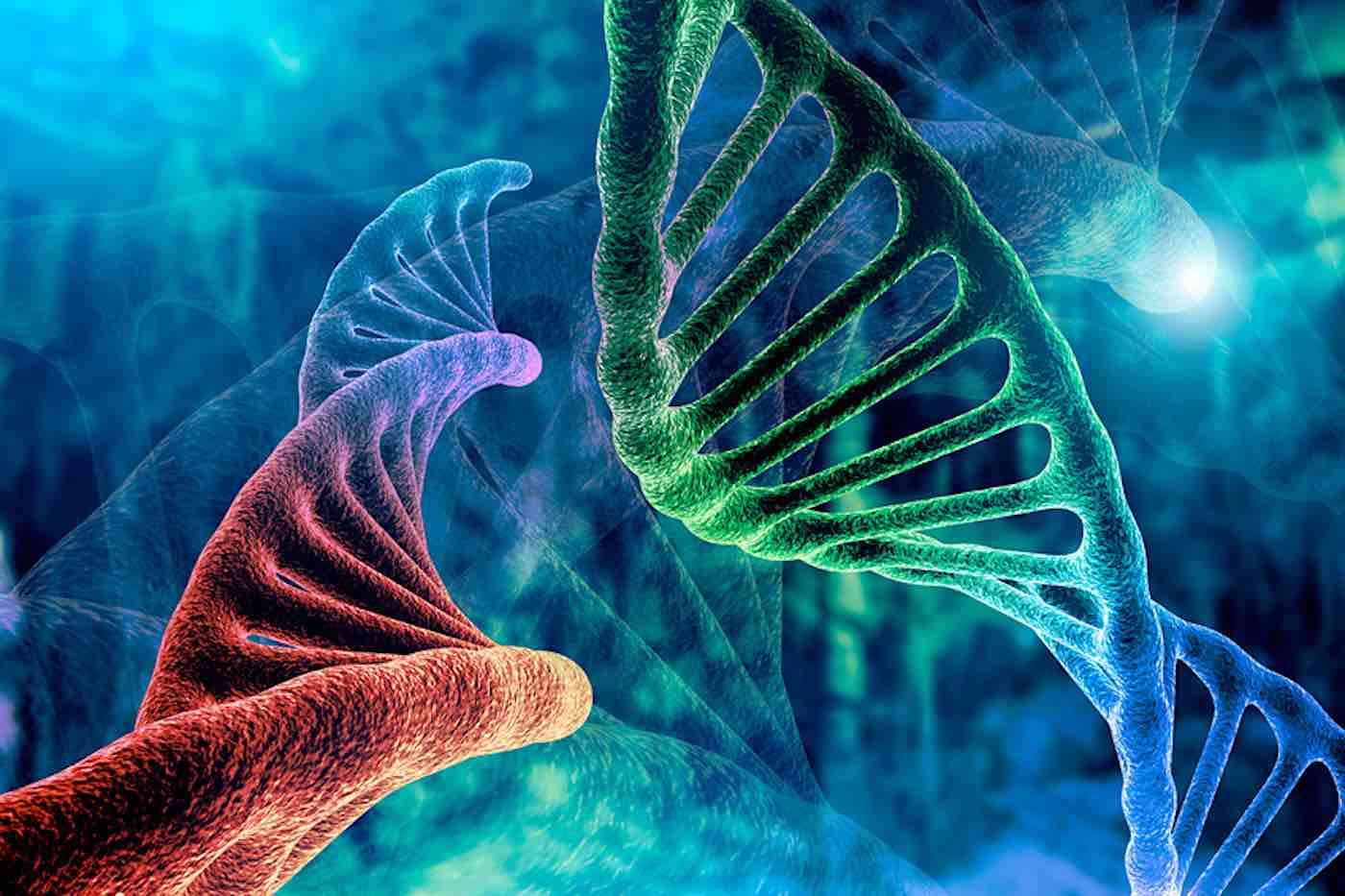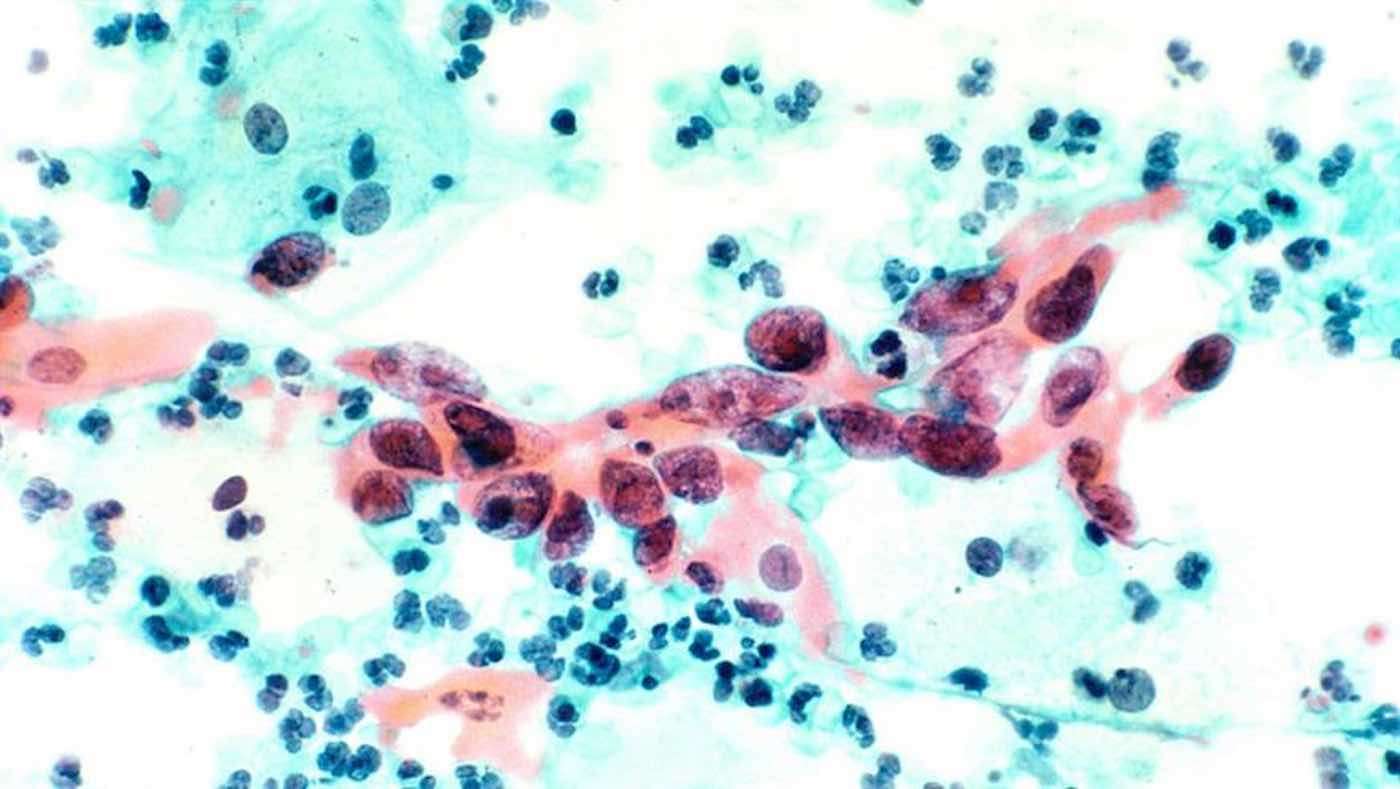Saying goodbye to 2013 feels bittersweet. When we remember the crime and tragedies of the year, we tend to forget all the good things. Here, then, to help you remember the good, and restore your faith in people and institutions, we give you our annual Top Ten Good News of 2013.
Counting down from #10…
Last year, while in first grade, Dylan Siegel's best friend was diagnosed with a rare liver disorder that doesn't have a cure. Dylan, six years old at the time, was determined to do something about that. He wrote a book, "Chocolate Bar," and it has already raised $400,000 to help find a cure, much to the delight of scientists researching the rare glycogen storage disease type 1B. (See the story here.)
Educated consumers have driven huge corporations in 2013 to remove hazardous chemicals from cosmetics, household cleaners and personal care products. In February, Johnson & Johnson executives were handed 30,000 signatures from consumers who, instead of complaining, were praising the company for being one of the world's largest producers of such products to make good on a pledge to remove toxic chemicals from its baby products. In September Wal-Mart announced that it will require suppliers to disclose and eventually phase out nearly 10 toxins from such products. Similarly, Procter & Gamble cited consumer preferences as the reason it will eliminate hormone-like phthalates and the antibacterial triclosan, which is a known endocrine disruptor, from all its products.
For more than 30 years, Albert Lexie took two buses from his home in Monessen, Pennsylvania traveling to his part-time job to shine shoes. Since 1981, until he retired this month, he donated all his tips — more than $200,000 — to the Children's Hospital of Pittsburgh.
(See the story here.)
After trying and failing five times in 35 years, Diane Nyad finally achieved her lifelong ambition of swimming from Cuba to Florida without a shark cage. The 64-year-old endurance swimmer, through sheer force of will, made it to Key West, Florida swimming in open ocean for 53 hours, 100 miles from Havana. (See the story here.)
"Avrey Walker is cancer free! A total remission!" her father announced in April. Avrey was the seventh child with an aggressive form of leukemia to receive an experimental therapy at Children's Hospital of Philadelphia and the second whose response has resulted in a complete recovery. Thanks to a novel cell therapy her immune cells were reprogrammed to rapidly destroy targets in the cancer cells they would otherwise overlook. Using a similar technique at the Memorial Sloan-Kettering Cancer Center this Spring, five adults with a type of blood cancer called acute lymphoblastic leukemia were in remission following treatment with genetically engineered immune cells from their own blood. One person's tumors disappeared in just eight days. A further 11 people have been treated, almost all of them with the same outcome. Several trials for other cancers are also showing the same promise.
After twice conducting four days of continuous measurement on a controversial energy unit, a group of independent scientists reportedly confirmed the existence of unexplained energy production via a process formerly known as "cold fusion" but now named LENR for Low-Energy Nuclear Reaction. In simple terms, the E-Cat devices (Energy Catalyzers) are similar to nuclear reactors but without any radioactivity or hazardous waste, and according to a top NASA scientist, could literally solve our twin problems of climate and energy.
A trend was gaining strength this year throughout Canada and the US, as generous patrons from coffee and sandwich shop drive-throughs spread anonymous kindness to fellow restaurant-goers by bankrolling other people's meals– paying their orders before they even get to the window. One store counted 55 drivers in a row paying for another, instead of just taking the free breakfast. In July, the pay-it-forward trend took a marvelous twist when a copycat customer in three different Canadian cities handed over around $900 to pay for coffee and snacks. Another branch of this same phenomenon is the Suspended Coffee movement started in Europe and resurging across the globe with strangers paying for a cup of coffee that anyone can later claim. (See the trend reported here.)
Three times in 2013, homeless men amazed the rest of us when they went beyond what would be expected of people living on the street, returning valuable belongings to their owners. Some onlookers were so touched by their integrity they created online fundraisers that collected more than one hundred thousand dollars — first, for Billy Ray Harris in Missouri who returned a diamond wedding ring, and for a Boston man who found a backpack with $42K inside. Each time, the heartwarming generosity of strangers matched the unexpected honesty of the homeless man. In November, an Atlanta homeless man made the effort to search four different hotels hoping to return a lost wallet he found in a dumpster. He received a five-night stay in the owner's hotel plus a handsome reward. Even better, thanks to news reports, he and Billy Ray were reunited with grateful family members who hadn't seen them in years. (See more examples of how honesty pays, here.)
He was named TIME's Man of the Year and has gained millions of fans for the Catholic church, which had been battered by sex abuse scandals in recent years. The new Pontiff replaced Pope Benedict who wore fancy shoes and chose to live in luxury until his surprising resignation in March. Pope Francis, in contrast, has shown humility in his role as church leader and called for dedicated service toward the weakest among us. He has ramped up the Vatican office charged with bringing direct solace to the poor and suffering — even sometimes accompanying his chief alms-giver onto the streets of Rome at night. The world was touched by photos taken in November when he stopped to pray and lay his hands on a severely disfigured man whose skin was covered in painful tumors. To celebrate Easter, Pope Francis continued what has been a ritual for him as a cardinal and archbishop in Argentina, but something no other papal leader before had done. He disregarded church tradition and washed the feet, not of famous priests, but of two young girls — a Serbian Muslim and Italian Catholic, along with ten other young inmates at a nearby juvenile detention center. It was the first time a pope included females in the Easter rite. His no-frills spontaneous style, coupled with his focus on mercy and modesty has changed the face of Christianity in the new millennium to one that answers the question, "What would Jesus do?"
And, the #1 best good news story of the year….
The Pakistani girl who campaigned for the rights of all children to get an education, and for her activism was shot in the head by Taliban militants in October 2012, celebrated her 16th birthday by delivering a defiant speech at the United Nations. Speaking to U.N. Secretary-General Ban Ki-moon and the 500 youth and dignitaries gathered in July, Malala Yousafzai said that the gunmen could not silence her because knowledge and education are more powerful than their bullets.
Ms. Yousafzai was featured on the April cover of TIME magazine as one of "The 100 Most Influential People in the World". She was the winner of Pakistan's first National Youth Peace Prize and was nominated for the 2013 Nobel Peace Prize — the youngest person and first girl ever considered for the honor. She showed us the meaning of courage as she healed her own wounds and vowed to continue trying to heal her nation's illiteracy.
Now, let's raise a glass to hail the best for 2014: May good bless us all!










Be the first to comment